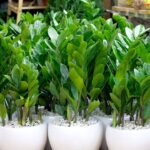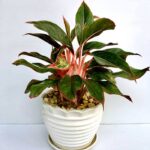The Money Tree, or Pachira aquatica, has become a popular addition to many homes, especially in the living room. With its unique leaves resembling ancient coins, this plant is believed to bring wealth and good fortune to its owners. Beyond its symbolic appeal, the Money Tree is also known for its air-purifying abilities, absorbing toxins and radiation from electronic devices.
While the Money Tree can generally retain its vibrant green color throughout the year, it may face challenges during winter. If not properly cared for, the roots can rot, and leaves may turn yellow, creating a dull and lifeless atmosphere in your home. Improper care is often the main culprit behind these issues.
To ensure your Money Tree thrives during the colder months, follow the “1 More, 1 Less, 1 None” rule. This simple guideline will help keep your plant healthy, with lush, vibrant leaves, and even promote vigorous sprouting come springtime.
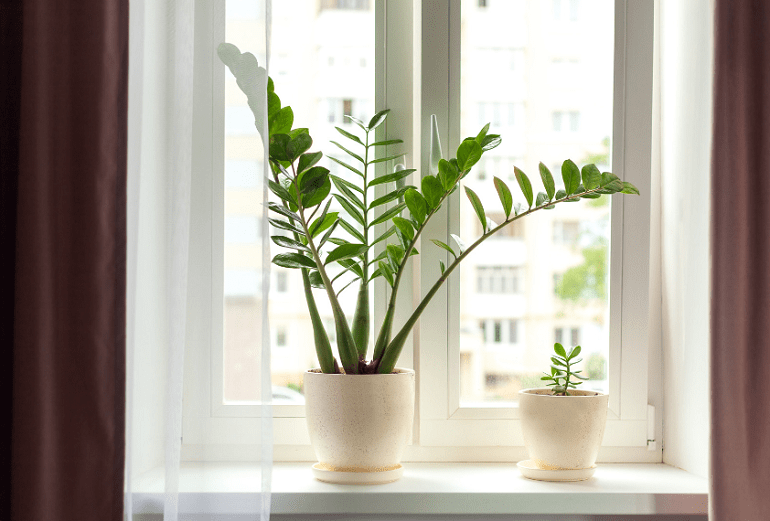
Keep your Money Tree healthy during winter by following the “1 More, 1 Less, 1 None” rule
1 More
The Money Tree thrives in bright, indirect light. During the summer, intense sunlight can scorch its leaves, causing them to turn yellow. Therefore, it’s best to place your plant in an area with softer light during this season. Conversely, in winter, the Money Tree requires more light. The shorter days and milder sunlight of the season mean your plant needs access to direct sunlight to photosynthesize effectively, promoting growth and maintaining its vibrant green color.
If your region experiences overcast skies and a lack of natural light during winter, supplementing with artificial light is crucial. Using grow lights or similar fixtures will enhance your plant’s photosynthetic efficiency, allowing it to accumulate more nutrients, resulting in thicker, healthier leaves.
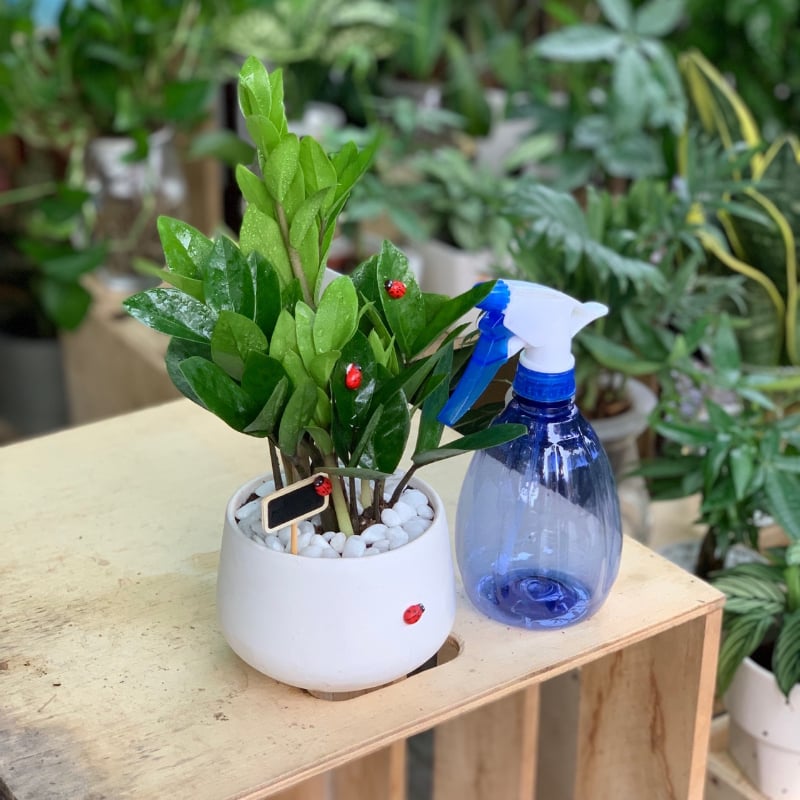
Supplement natural light with artificial lighting during dark, gloomy winters
1 Less
While the Money Tree prefers a moist environment, it is susceptible to root rot if overwatered. This is due to its root structure—the Money Tree has a tuberous root system designed to store water. Therefore, it performs best in slightly drier soil.
During winter, the plant’s growth slows down due to colder temperatures and reduced sunlight. As a result, its water requirements decrease. Overwatering during this period can be detrimental, leading to root rot. It is recommended to adjust your watering frequency and volume in winter, watering only once a week, allowing the soil to dry out slightly between waterings.
Additionally, the Money Tree thrives in humid conditions. If your home has a heating or air conditioning system that dries out the air, it’s important to mist your plant regularly. Misting the leaves and surrounding air every five to seven days will not only increase humidity but also keep the foliage clean and promote healthy growth.
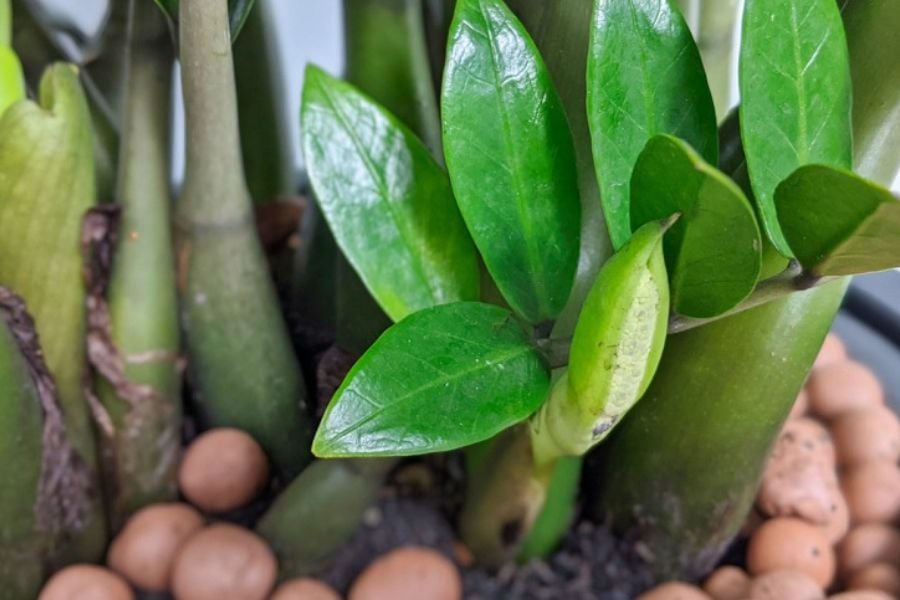
Don’t forget to mist your Money Tree regularly during the dry winter months
1 None
When temperatures drop below 15°C (59°F), refrain from fertilizing your Money Tree. As a tropical plant, it grows best in temperatures ranging from 20°C to 32°C (68°F to 90°F). At temperatures below 10°C (50°F), the plant enters a dormant state, and fertilizing during this period can lead to root burn, causing significant damage.
To help your Money Tree maintain its vitality during winter, it’s best to withhold fertilizer. Additionally, if you notice the leaves turning yellow, it’s a sign that pruning is necessary. Failing to prune these yellowing branches will result in continued nutrient and space competition, hindering the growth of new shoots.
By pruning, you redirect nutrients back to the roots, encouraging more effective new growth in the spring. This not only improves the overall health of your plant but also promotes vigorous growth during the warmer months.



























